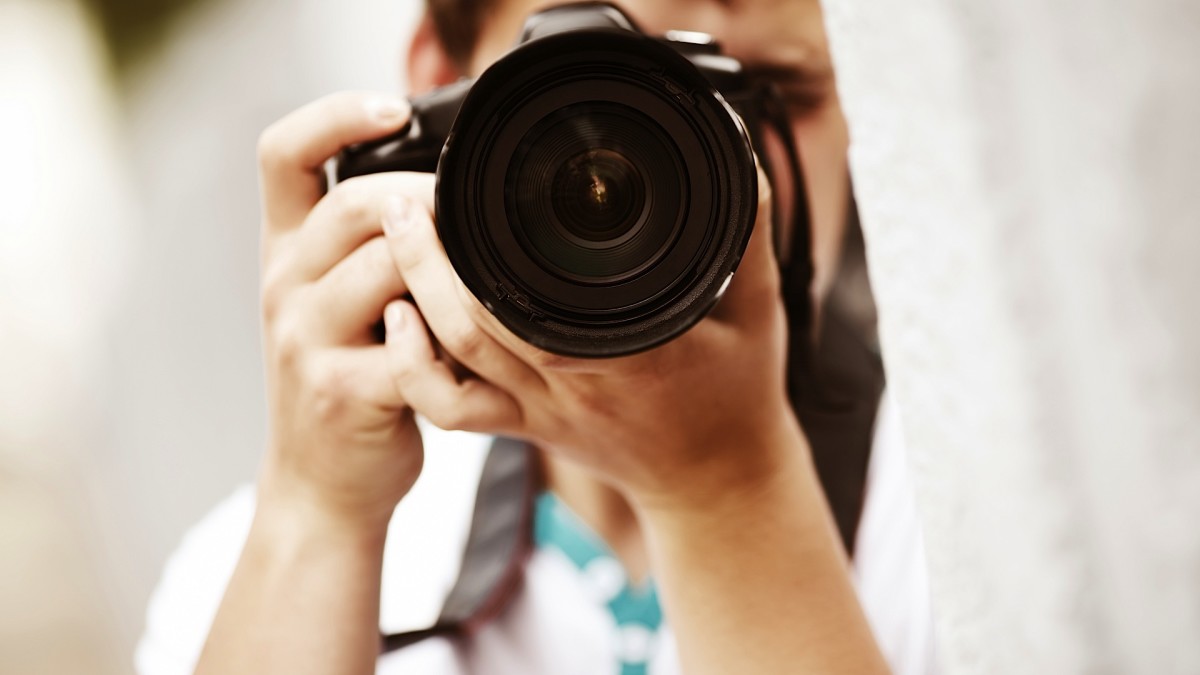Winterwatch Photography: Tips And Techniques For Capturing Stunning Images

Table of Contents
Mastering the Challenges of Winter Light
Winter light presents unique challenges and opportunities for photographers. Understanding how to work with it is key to capturing stunning winterwatch images.
Understanding Low Light Photography
Winter often means shorter days and less available light. Knowing your camera's capabilities in low-light conditions is crucial.
- Embrace the Tripod: A sturdy tripod is essential for eliminating camera shake, especially when using slower shutter speeds necessary in low light. This ensures sharp, detailed winter landscapes and wildlife shots.
- Increase ISO (Wisely): Boosting your ISO increases sensitivity to light, allowing for faster shutter speeds. However, higher ISOs can introduce noise (grain) into your images. Find the balance between sufficient light and manageable noise.
- Wide Aperture (Low f-stop): A wider aperture (e.g., f/2.8, f/4) lets in more light, resulting in brighter images and a shallower depth of field—perfect for emphasizing subjects against a blurred background.
- Suitable Camera Settings for Various Winter Lighting Conditions:
- Bright, Overcast Day: ISO 100-400, f/5.6-8, 1/125s-1/250s
- Dim, Overcast Day: ISO 400-1600, f/4-5.6, 1/60s-1/125s
- Blue Hour/Golden Hour: ISO 200-800, f/2.8-4, 1/30s-1/125s (may require longer exposures with a tripod)
- Noise Reduction Techniques:
- In-Camera Noise Reduction: Utilize your camera's built-in noise reduction features.
- Post-Processing Software: Programs like Adobe Lightroom and Photoshop offer powerful noise reduction tools.
Utilizing the Golden and Blue Hours
The golden hour (shortly after sunrise and before sunset) and the blue hour (shortly before sunrise and after sunset) offer incredibly soft, diffused light that dramatically enhances winter scenes.
- Soft, Warm Light: The golden hour provides warm, inviting light, ideal for highlighting snow-covered landscapes and creating a sense of tranquility.
- Cool, Serene Ambiance: The blue hour casts a cool, serene light, perfect for capturing a mystical atmosphere in your winterwatch photographs.
- Optimal Shooting Locations: Choose locations with interesting silhouettes, backlighting opportunities, or reflective surfaces to maximize the impact of this magical light.
- Planning Your Shoots:
- Use a sunrise/sunset calculator app to determine the exact times of the golden and blue hours.
- Scout your locations beforehand to anticipate the best angles and compositions.
- Examples of Stunning Images: Search online for "golden hour winter photography" or "blue hour winter landscape" to see inspirational examples.
Capturing Stunning Winter Landscapes
Winter landscapes offer a unique canvas for photography. Mastering composition and emphasizing texture are key to creating captivating images.
Composition and Framing
Strong composition is crucial for impactful winter landscape photography.
- Rule of Thirds: Divide your frame into thirds both horizontally and vertically. Place key elements along these lines or at their intersections for a more visually appealing image.
- Leading Lines: Use natural lines like fences, rivers, or roads to draw the viewer's eye into the scene and create depth.
- Foreground Interest: Incorporate elements in the foreground, such as snow-covered branches or rocks, to add depth and context to your landscape.
- Examples of Strong Compositions: Look at landscape photographers' work online for inspiration, paying attention to how they use these compositional techniques.
- Choosing Impactful Viewpoints: Experiment with different angles and perspectives to find unique and captivating viewpoints. Consider shooting from high vantage points or getting down low to the ground.
Emphasizing Texture and Detail
Winter landscapes are full of unique textures – the crispness of snow, the jaggedness of ice, the delicate patterns of frost.
- Capturing Textures: Use a shallow depth of field to isolate textures and create a dreamy effect. Focus on specific details, like frost on a branch or the intricate patterns in snowdrifts.
- Shallow Depth of Field: Achieve a shallow depth of field by using a wide aperture (low f-stop) and focusing on a specific point in your scene.
- Post-Processing Enhancements: Use software like Lightroom or Photoshop to further enhance textures and details. Experiment with sharpening, clarity, and contrast adjustments.
- Examples of Winter Scenes Showcasing Texture: Look for examples online highlighting the textured aspects of winter landscapes.
- Software and Techniques for Post-Processing: Explore tutorials on techniques such as dodging and burning, local adjustments, and sharpening to enhance texture in your winter photography.
Photographing Winter Wildlife
Photographing wildlife in winter requires patience, preparation, and a keen understanding of animal behavior.
Patience and Preparation
Winter wildlife photography demands patience and careful planning.
- Patience is Key: Animals may be less active in winter, requiring you to wait for the perfect moment.
- Appropriate Camouflage: Dress in neutral-colored clothing that blends with the winter environment to avoid startling animals.
- Approaching Animals Ethically: Always maintain a safe and respectful distance from wildlife. Never approach or disturb them.
- Choosing the Right Lens: A telephoto lens (e.g., 100-400mm, 500mm, or longer) is essential for capturing detailed images of distant animals.
- Blending into the Winter Environment: Use camouflage clothing and gear, and move slowly and quietly.
Capturing Sharp Images of Moving Subjects
Capturing sharp images of moving animals in winter requires fast shutter speeds and precise focusing.
- Fast Shutter Speeds: Use a fast shutter speed (e.g., 1/500s or faster) to freeze the motion of your subjects.
- Burst Mode: Use burst mode to capture a series of images, increasing your chances of getting a sharp shot.
- Tracking Moving Animals: Practice tracking your subjects smoothly to keep them in focus as they move.
- Recommended Camera Settings: Use continuous autofocus (AI Servo or similar) and a fast shutter speed.
- Improving Autofocus Accuracy: Use single-point autofocus and carefully select your focus point to track the animal's movement.
Conclusion
This guide has provided key tips and techniques to enhance your winterwatch photography. By mastering the challenges of winter light, composing stunning landscapes, and capturing captivating wildlife images, you can create truly unforgettable winter photographs. Remember to practice regularly, experiment with different settings and techniques, and most importantly, enjoy the process! Keep exploring the world of winterwatch photography and capture the magic of the season with your camera. Don't hesitate to share your stunning winter images with us! Happy winterwatch photography!

Featured Posts
-
 Britain And Australias Myanmar Sanctions A Critical Analysis Of Their Purpose
May 13, 2025
Britain And Australias Myanmar Sanctions A Critical Analysis Of Their Purpose
May 13, 2025 -
 Ai Driven Podcast Creation Analyzing And Transforming Scatological Documents
May 13, 2025
Ai Driven Podcast Creation Analyzing And Transforming Scatological Documents
May 13, 2025 -
 Sidoti Small Cap Conference Gibraltars Key Presentation
May 13, 2025
Sidoti Small Cap Conference Gibraltars Key Presentation
May 13, 2025 -
 Fiorentina Bungkam Atalanta Berkat Gol Tunggal Moise Kean
May 13, 2025
Fiorentina Bungkam Atalanta Berkat Gol Tunggal Moise Kean
May 13, 2025 -
 Hannover 96 Stimmung Drohkulisse Und Das Fehlende Derby In Der 2 Liga
May 13, 2025
Hannover 96 Stimmung Drohkulisse Und Das Fehlende Derby In Der 2 Liga
May 13, 2025
